Sustainable wellbeing and green living
Let's find ways to Flourish!
The Ups and Downs of the Sharing Economy

It’s funny, yes, we want to be independent as teens and young adults. That is what we strive for, and that is what older adults want to retain, right? And there certainly is value in independence, but are we forgetting that there is value in doing things together? We have evolved to form social groups for a reason...because collaboration and connection make our lives better and easier!
When we consider the aspects of independence that relate to owning things - like our space, but more importantly stuff, there are aspects of this trend that are deeply unsustainable. As we are collectively seeking to lower our footprint on the earth by living lighter, sharing material goods can be a great part of the solution!
Just think about all the unused power tools that sit in our garages and all the books we’ve purchased but probably aren’t going to read again. When you think about it, it really doesn’t make sense for every individual household within a community to own the same items, especially...
Toy Libraries are a Step Towards Sustainable Parenting

People are starting to realize that sharing might be the best solution to society’s overconsumption habit. That’s why we are seeing things like tool lending libraries, car sharing companies, clothing swaps, and carpool apps gaining popularity. You might actually be surprised at all the different items people are sharing nowadays.
For example, did you know that toy libraries are a thing? Just like a regular library with books, toy libraries allow you to check out and borrow toys to bring home. The toys in a toy library are carefully selected, ensuring that there are plenty to choose from for all ages and abilities! Whether you are looking for play mats for a baby or Lego blocks for an older child, toy libraries are likely to have it all.
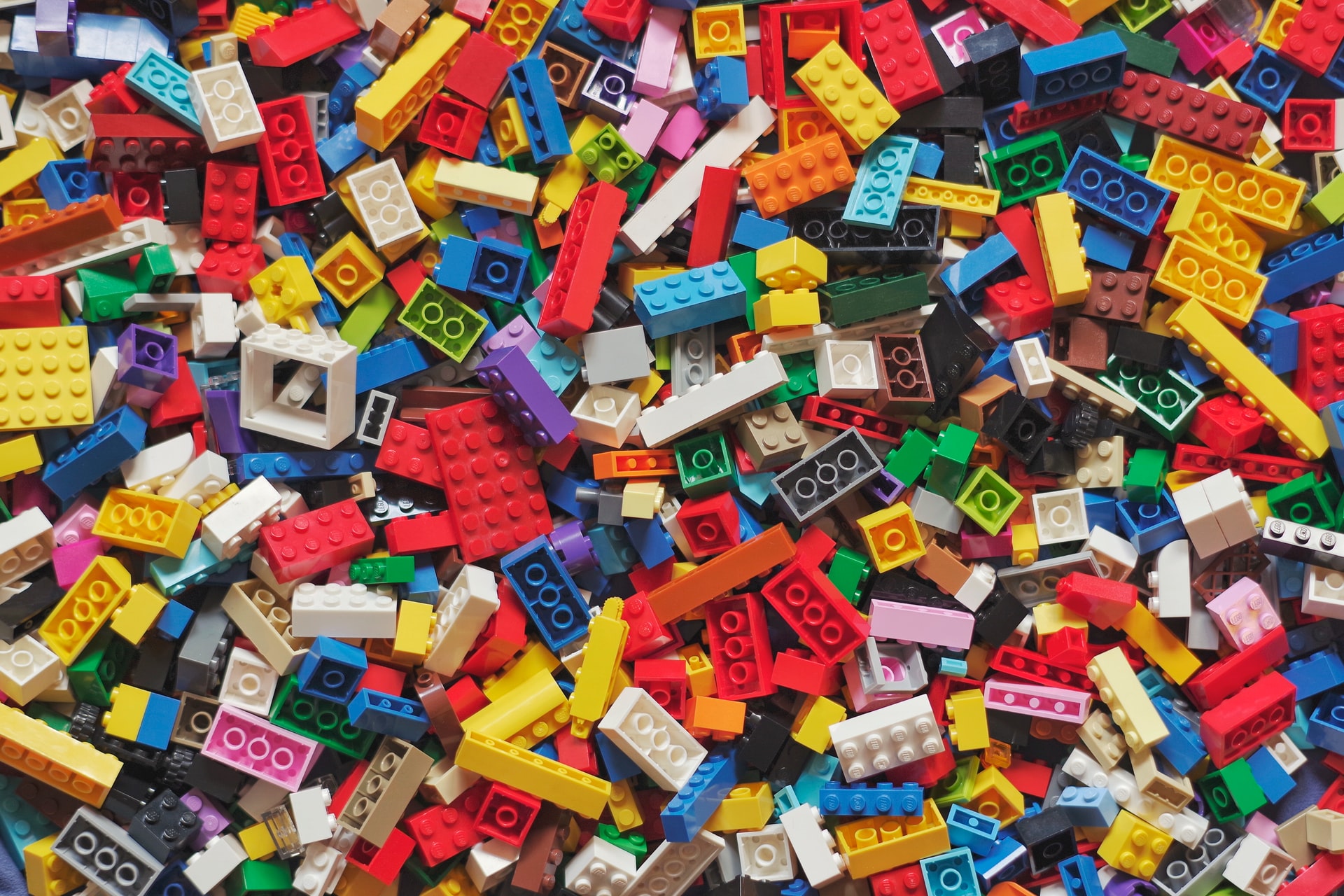
And of course, the toys are cleaned and kept in good condition so that they offer each new child a fun and safe play experience.
How toy libraries work
Many toy libraries will charge a small annual or monthly fee that allows you to take out a few...
Recipe for a Litterless Lunch
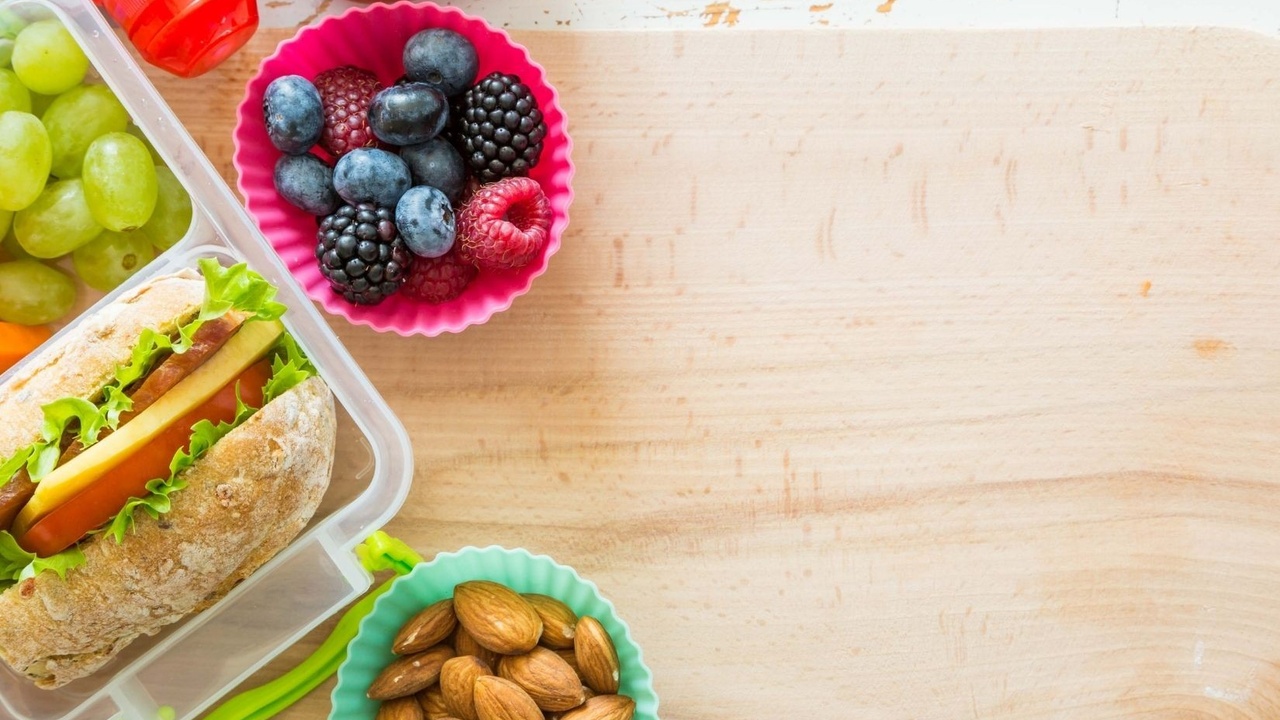
Every meal is an opportunity to live sustainably. This is a topic we’ve explored before – the food we eat has a significant impact on the environment. Some negative consequences of our food choices include excess carbon and other greenhouse gas emissions, synthetic chemical use, animal welfare problems, unfair labour, wasteful packaging, and environmental pollution.
On the other hand, making positive food choices like eating local, choosing organic, and growing your own produce help mitigate these issues and bring you one step closer to sustainable wellbeing.
In short - food is one of our most direct connections to the natural world, and we can really make a difference to our wellbeing and that of the planet with our food choices.
However, being environmentally conscious when it comes to our food choices isn’t just about the food itself, but also about the way we package our meals when we’re on the go.
We can elevate our food choices by looking at the big picture – how our food is ...
Bartering for the environment

When we think of bartering, it is easy to think of it as an ancient practice replaced by modern currencies. Mesopotamian tribes are thought to have started the first bartering systems in around 6000 BCE to trade food, weapons, and spices. In ancient Rome, services were bartered for salt. Bartering is thousands of years old and precedes the use of money; however, it is still relevant and used today with many online sites available for anyone who has something to trade. But where does bartering fit in a modern society? And what makes it beneficial?
What is bartering?
Bartering is a direct exchange of goods and services, without a money intermediary. It is a great way to participate in a sustainable and circular economy, and encourages the use of second-hand clothing, jewelry, and other items by creating a trading community, as opposed to being centred around a currency. Although it often does, bartering doesn’t have to involve goods. Services such as trade work, cooking and cleaning, a...
The push for greener grocery stores
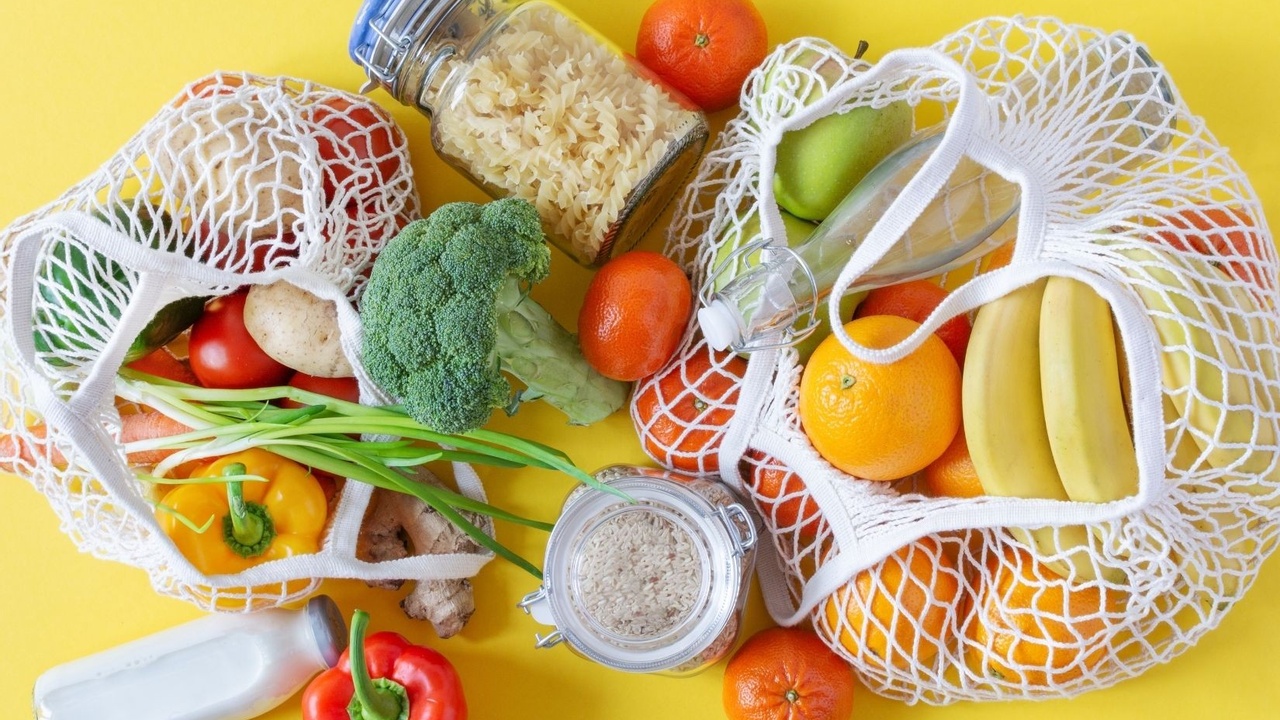
Pursuing a green lifestyle isn’t always easy – it’s true that eco-friendly goods and services aren’t always available, accessible or affordable, never mind convenient. As much as we may try to minimize our impact on the planet, sometimes the systems in place make that difficult.
While we are seeing many businesses going green and making commitments to reduce their environmental impact, there are still some businesses (especially essential services) that seem to be stuck in their environmentally harmful ways.
Take grocery stores, for example. Grocery stores are vital components of the built environment that make neighbourhoods and communities liveable. While it is possible to purchase some of your food from alternative sources such as farmer’s markets, community gardens, community supported agriculture, and your own backyard, chances are that you’ll still need to visit the grocery store every now and again.
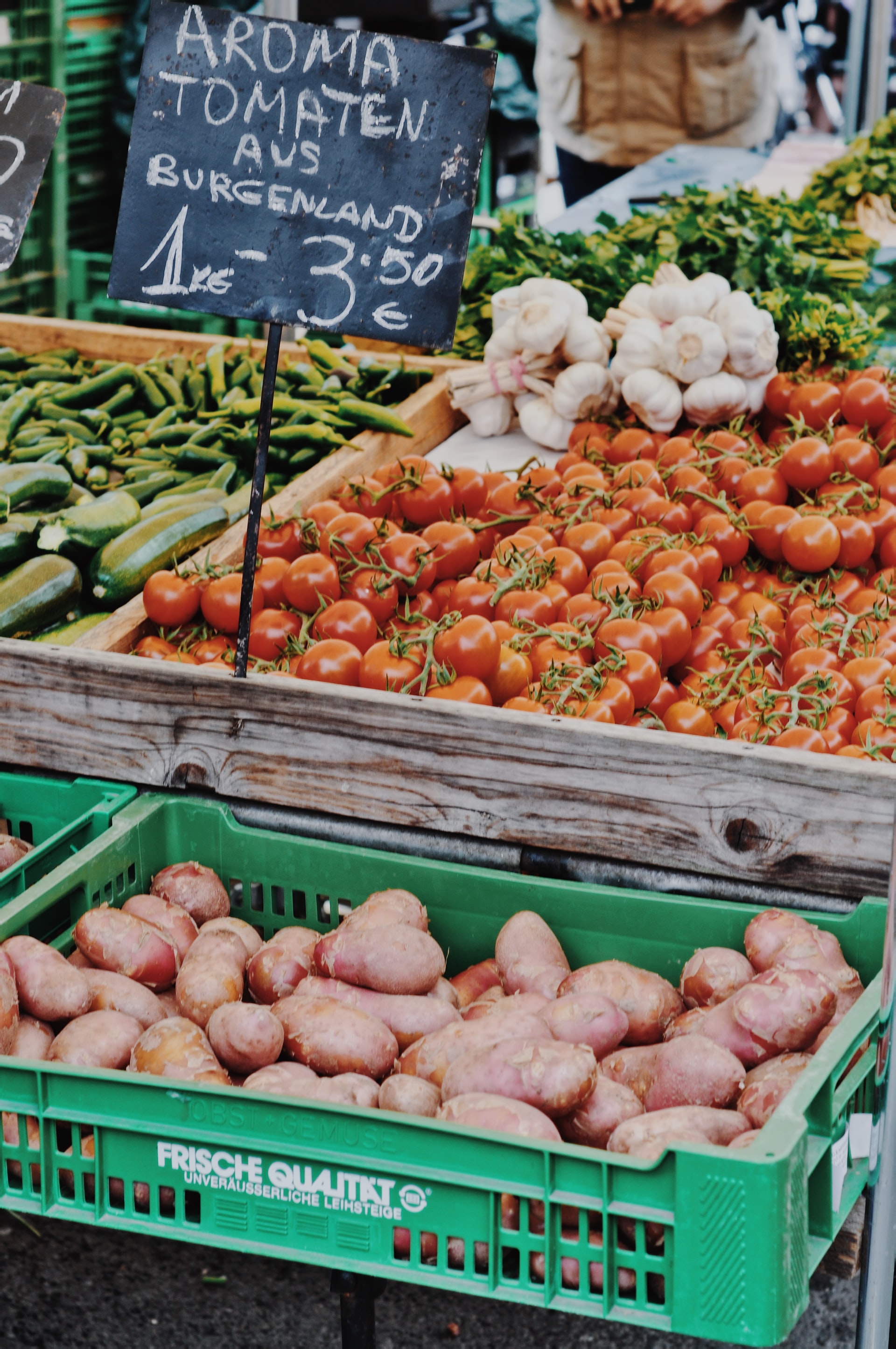
So, given the fact that shopping at grocery stores is somewhat unavoidable ...
Is night solar the next form of green energy?
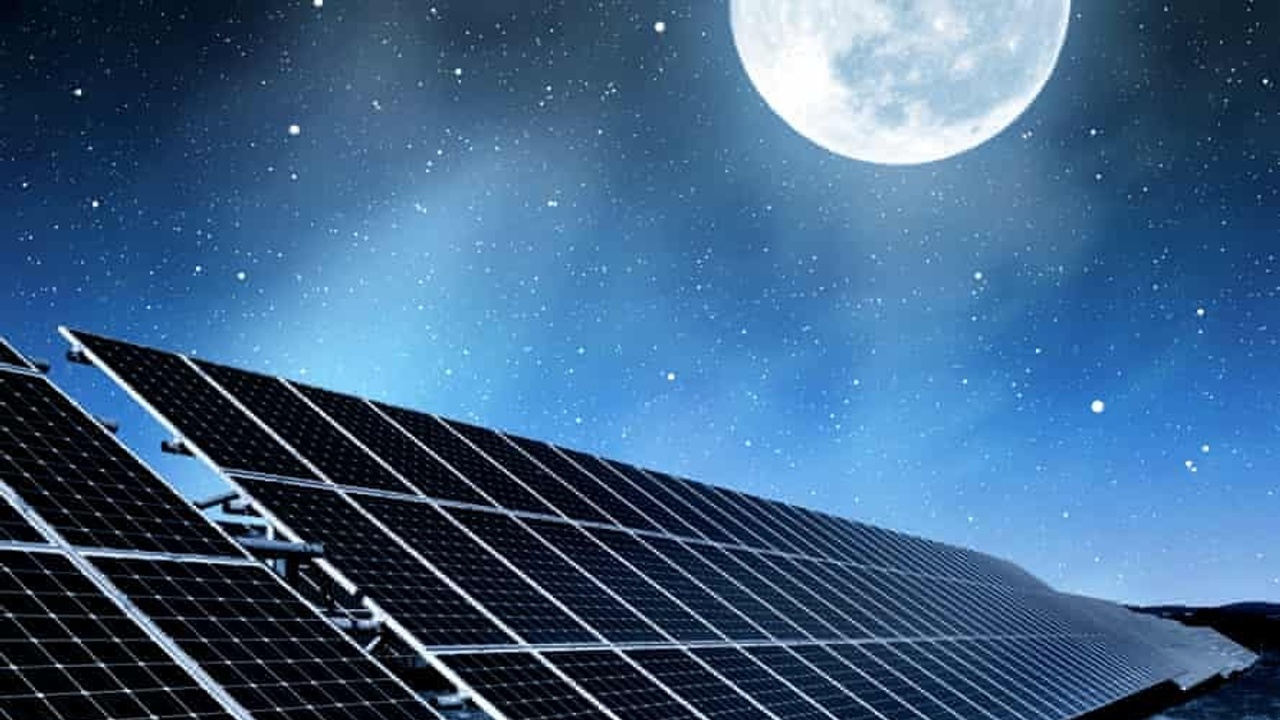
Image sourced from: The Guardian
Solar power is a type of renewable energy that has the ability to help us reduce our carbon emissions and mitigate climate change, as it is a viable alternative to electricity generated from fossil fuels. You are probably quite familiar with solar power since it is one of the most common forms of alternative electricity generation and has many different applications!
For example, solar power has proven to be a life-changing addition to remote communities where electricity is not widely available or affordable.
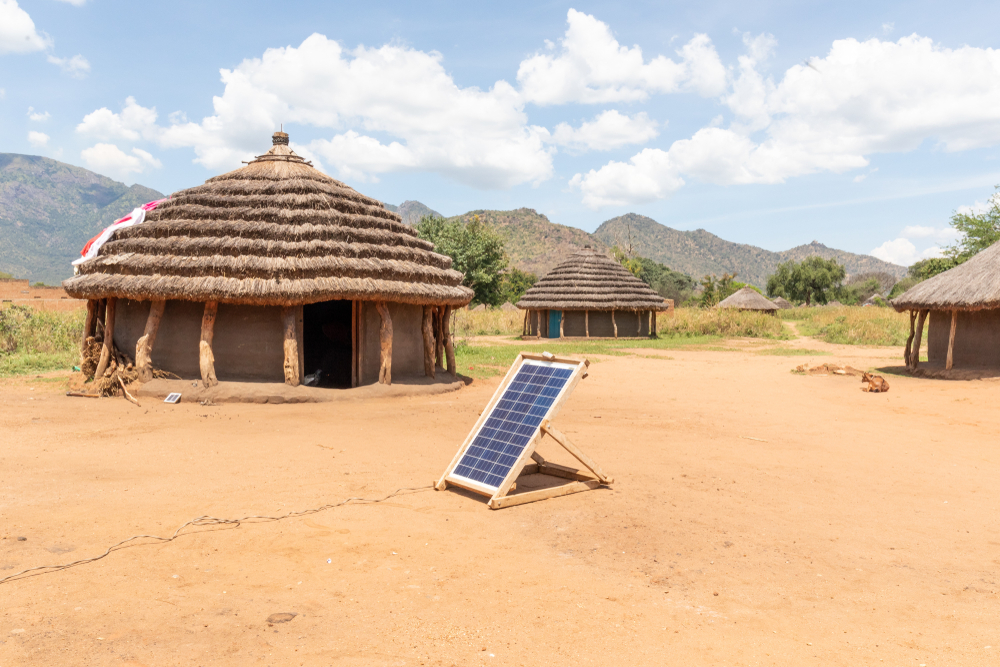
Solar power’s many other uses range from the creation of backpacks with built in solar lights to green building technologies such as solar panels and solar walls.
How solar energy becomes electricity
Solar energy can be harnessed and converted into useable energy (such as electricity) through the use of photovoltaic panels, more commonly referred to as solar panels. When a solar panel is placed outside in a sunny location, incoming sunlight...
Little Free Libraries Build Community

Are you looking to pick up a couple new books this summer? Before you head to the bookstore and buy something new, keep an eye out for Little Free Libraries in your neighbourhood! Little Free Libraries are collections of books which are housed in public bookcases. You may find these bookcases in public spaces such as parks or outside commercial buildings, or even in your neighbours’ yards.
There’s a chance you may have come across these unique structures in the past. Perhaps you have been unsure about how they work or if the contents of the bookcase are actually free to take. After all, if you are not too familiar with the concept it can feel quite strange to grab a book without signing it out or paying. Rest assured, these public bookcases are filled with books that are completely free to take – no strings attached!
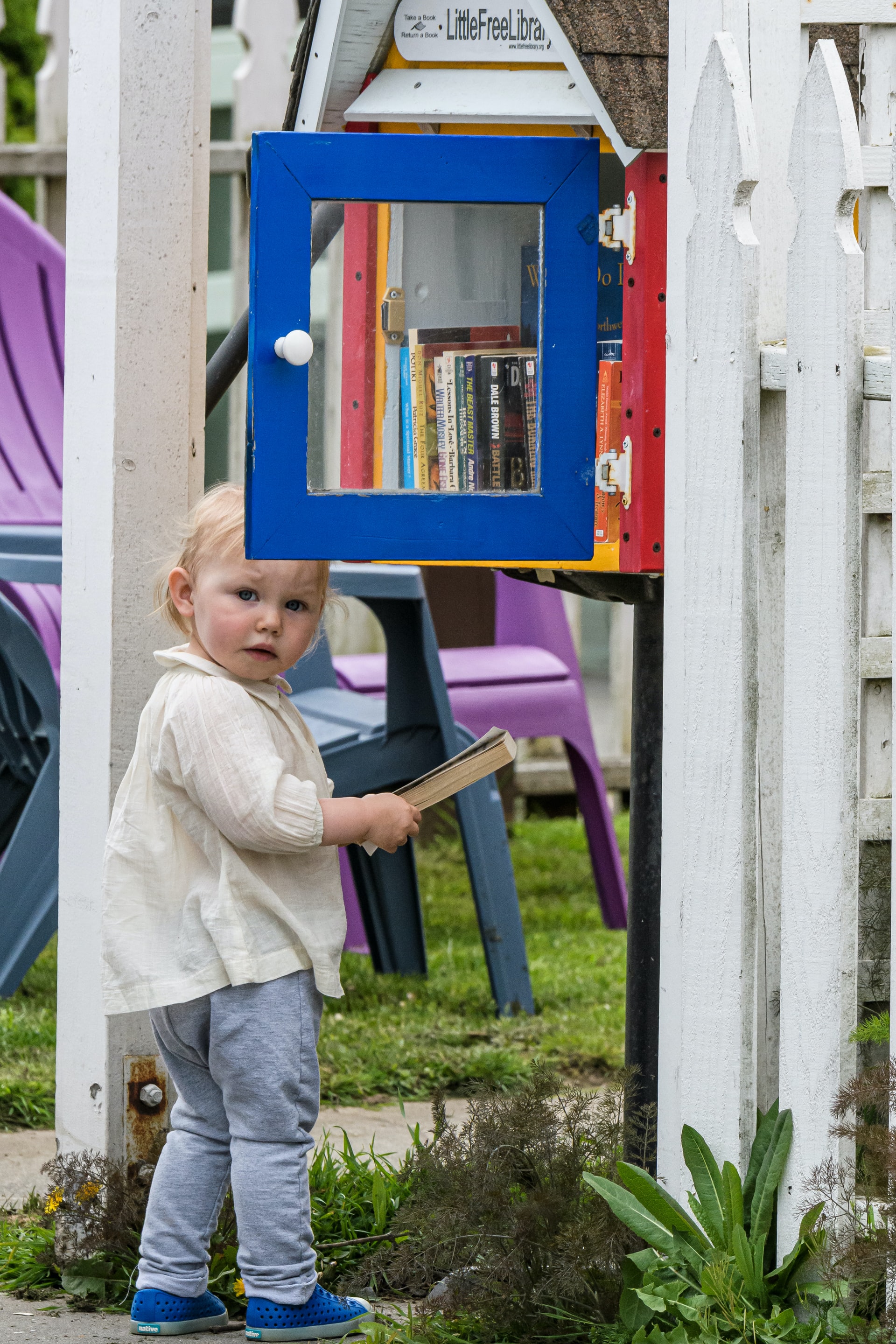
While some public bookcases may be unmarked and unaffiliated with any organization, bookcases which are branded as Little Free Libraries are registered with the Little...
Generate electricity one step at a time with Piezoelectricity

As the world’s demand for energy continues to increase, we know how important it is to develop and utilize alternative and sustainable methods of energy production. You may already be quite familiar with green energy sources or alternative energies such as hydroelectric power, wind power, biomass energy, or solar power, but did you know that there are many more opportunities for electricity generation?
In fact, something as simple as walking can generate electricity! According to the first law of thermodynamics, the Law of Conservation of Energy, energy can be neither created or destroyed; energy can only be transferred or changed from one form to another. Therefore, the mechanical energy that is produced with each of our footsteps can actually be harvested and converted to electricity! Pretty incredible right?
How is this possible?
The energy produced by our footsteps can be converted to electricity through the piezoelectric effect. The piezoelectric effect is the ability of certai...
Soil to Silk with Madhulika Choudhary

I had the pleasure of chatting with Madhulika Choudhary who has become a slow silk producer in rural India after inheriting a plot of land from her father. She had fond memories of spending time in the village where her family is from, with its local pond full of fish and children playing.
But when she returned 20 years later, the pond was no longer thriving. Western agricultural practices had taken over, including the pressure to use chemical pesticides and fertilizers. These new advances left the producer with high input costs as they produce non-traditional crops, but it also meant the loss of fish and wildlife as chemicals ran off into the nearby waterway.

The mulberry crop to be fed to the worms is organically grown, Madhulika Choudhary.
Madhulika had plenty of experience working in underserved communities and knew a little about the textile industry, so she took the opportunity to bring a traditional practice of Sericulture, or silk farming to her family's historica...
Coffee chat and repair? The rise of Repair Cafés

Image Sourced from: Repair Café
When it comes to dealing with broken appliances, furniture, technology, clothing, bicycles, and more, it can be expensive to get these items repaired professionally. Sometimes you might feel that you should simply dispose of your broken item and buy a new one. However, this endless cycle of buying and replacing doesn’t benefit the environment. It also can end up costing you more in the long run.
You might have also noticed that repair shops seem to be disappearing. For example, it’s not that common to come across shoe repair shops anymore despite the fact that we obviously all still wear shoes! This means that it is much more common to throw out a pair of shoes once you’ve worn out the soles instead of simply getting the soles replaced. With the combination of decreased repair shops and an increase in consumer culture, this leaves people with few opportunities to repair and reuse their items.
Enter a new wave of resources to help you learn how to repa...

